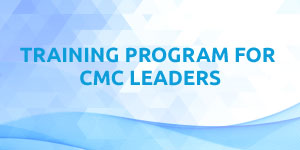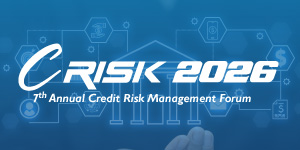Free knowledge to monitor the world of events. Have a look at our must read Blogs on Pharma, Finance, HR, Health and Cross Industry.
The effectiveness of Clinical Project Management
2022-06-08
Setting milestones, risk management, allocating employees and money, and dealing with clients and contracts are all examples of clinical project management.
The major roles of clinical project management are:
Effective communication: coordinating project meetings, delivering regular status updates, and acting as a single point of contact for clients, internal teams, site employees, and vendors.
Client-focused management includes responding quickly and thoroughly to client requests, defining and communicating client expectations to the project team, and adhering to client-specific requirements.
An Exhaustive planning entails creating complete project plans with detailed schedules, anticipating and addressing challenges that could otherwise obstruct the completion of time-sensitive deliverables, and employing data-driven decision-making techniques.
Skilled execution: ensuring that all teams, services, and technologies that affect project outcomes are performing at their best.
Ensure contract and scope fulfillment, as well as compliance with Rho and client standard operating procedures.
Maintaining and archiving all project documentation, as well as organizing lessons-learned meetings with project stakeholders, ensures an efficient closing.
Stages of Clinical Project Management
- Creating a concept entails determining whether the project is required and identifying key decision-makers.
- Developing a plan: laying out the work that needs to be done, including priorities, budget, timetable, and resources.
- Task distribution: all teams are informed of their roles and deadlines.
- Project tracking entails comparing actual project status and progress to the original plan and making necessary adjustments.
- Reviewing: showcasing project successes and lessons learned for future projects.
Clinical Project Management - Streamlining and simplifying
Setting milestones, risk management, allocating employees and money, and dealing with clients and contracts are all examples of clinical project management. Several aspects of effective project management will be discussed, including the connection between project activities and important choices.

What Should a Clinical Project Manager have?
A Supremely talented Clinical Project Manager is always:
Organized
"There are so many moving parts to a project that deadlines and goals are never completed in order, but rather in parallel.. All performers in an orchestra can read and play the music, but when the group grows large, one person is required to coordinate the group, ensuring that the music is played in such synchrony that it looks to be coming from one person."
Subtle
Clinical Project Managers should communicate with their teams openly. It always works best when CPMs are able to admit when they need support, discuss issues honestly, and accept advice from others.
Knowledgeable
"Knowledge or experience with every functional area on a team is one of the most crucial traits of a competent clinical project manager." The greatest CPMs I've worked with always know who's in charge of what and have a deep understanding of how activities are completed within each function."
Engagable
They should work collaboratively and assist their team members in setting realistic goals." Rather than merely allocating duties, it's excellent when project managers create the tone that everyone is on the same page, with the same goals, and that they're all working hard to get us there.
Convincing
They must expect their employees to complete their particular jobs without micromanaging, and they must be willing to help if needed.

The advantages of using a clinical project management
Management of data
A centralized, secure place for data gathering, storage, and retrieval is provided by a Clinical Project Management. With the stroke of a button, patient information, common commodities and services, and study-related documents can all be found in a searchable library. Data reports and research documentation, such as protocol modifications, can be added fast and distributed easily to study teams, groups, and organizations.
Accounting and Finance
A Clinical Project Management also aids in the management of a study's financial data, assuring accurate sponsor billing and site payments. The technology can provide an interactive, complete study calendar, making it easy to keep track of study expenses. Patients can be checked in and out of each appointment, and any pertinent information can be captured in real time. This ensures that each completed work is paid promptly and properly to the research sites.
Productivity
Hundreds of clinical trials are conducted each year by several research sites and universities, and a Clinical Project Management can help enhance the overall efficiency of each experiment. This web-based method makes it easier for research workers to focus on direct patient care rather than administrative tasks.
Messages to Take Home from Clinical Project Management
Clinical research programs must establish the following in order to be successful over time:
- Infrastructure that is solid
- Procedures that are easy to follow
A number of technologies are available for keeping track of programs, study teams, and research participants.
Do you want to understand more about Clinical Project Management? Join us at the Clinical Project Management Online MasterClass on 26th to 29th September, 2022.
By Rajeethan Thaventhiran, SEO & IT Executive, GLC Europe, Colombo Office, Sri Lanka.
Get a feel for our events

Training Program for CMC Leaders - EU edition
27th October 2025 - 16th January 2026
Rich with practical insights and real-world applications
learn more >>
Training Program for CMC Leaders - US edition
27th October 2025 - 16th January 2026
Rich with practical insights and real-world applications
learn more >>
Mastering the Common Technical Document (CTD) for Biologics Masterclass - EU edition
12-16 January, 2026
From guidelines to submissions
learn more >>














